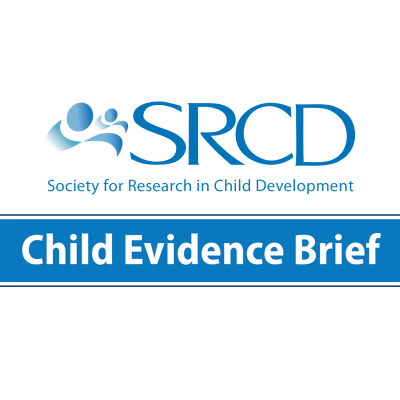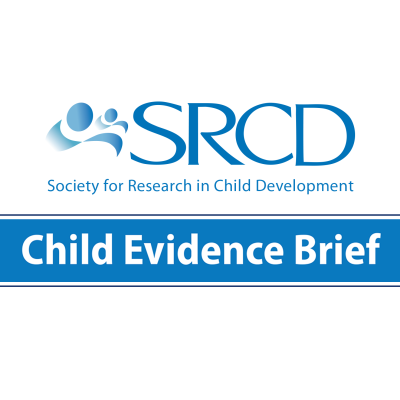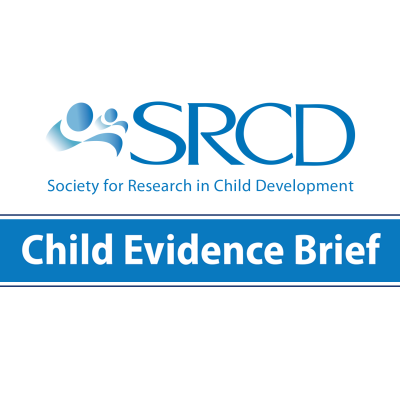Developing a National Plan to Help Children Cope with Disaster
Social Policy Report Brief, Volume 21, Issue 1
Why Does This Matter?
In the wake of Hurricane Katrina and other American disasters—including 9/11, the Oklahoma City bombing, and other hurricanes—it is clear that the United States is in urgent need of a clear disaster plan that addresses the needs of children and families. Such a plan must be based on what we know about trauma and child development in order to adequately respond to the needs of this population
Using relevant research about children’s development and how they are affected by trauma, federal, state, and local policymakers must craft plans that best allocate resources and build appropriate capacity and infrastructure.
Policy Implications
Specifically, federal policymakers should craft a national disaster plan that:
- Provides federal funding that is administered locally
- Acknowledges that more resources and services are needed when disasters strike populations already living in poverty
- Ensures that children’s separations from parents or caregivers are minimized
- Addresses special-needs populations, such as children in foster care and those with developmental or medical disabilities
- Ensures that training of responders is focused on the effects of trauma and grounded in the developmental needs of children
- Provides services collaboratively with state and local programs
State and local policymakers must develop programs, as well. These programs should:
- Provide schooling, after-school care, and child care for children as soon as possible after a disaster
- Train school and child care personnel on how trauma affects children and adolescents and available services
- Address the needs of teachers, child care workers, and first responders, who may themselves be traumatized
- Increase awareness of and efforts to prevent risk-taking behaviors among adolescents
What the Research Says
Researchers have learned from Katrina and other disasters that such traumatic events affect children in a variety of ways:
- Children and their families, torn from everything familiar in their lives, experience prolonged difficulty that can last for months or years. After Katrina, children were placed in overcrowded homes and trailers; moved frequently; initially could not attend school and then were moved to different schools; were teased; were separated from relatives and friends (often without knowing where they were); witnessed fighting and domestic violence between parents who were unemployed, distressed, and living in overcrowded shelters; lost pets; and lacked adequate money, clothing, and food.
- Responses can vary by age. Young children commonly express new fears, separation anxiety, and clinginess, and show regressive behaviors. School-age children describe difficulty concentrating or having fun; they may have learning and behavioral problems at school, including aggressiveness and withdrawal. Adolescents are at particularly high risk for behaviors like fighting, substance and alcohol abuse, heightened sexual activity, and suicidal thoughts.
- Children are more vulnerable if they grew up in poverty, or have experienced previous trauma, loss, or mental health difficulties.
- Not all children experience distress, symptoms, and worries in the aftermath of a disaster. Time and support from caring adults may help lessen the problems. For adolescents, having a role in the recovery is key to feeling better.
Facts at a Glance
- Katrina displaced 650,000 people from their homes in Louisiana alone; many more were displaced from Mississippi and the Gulf Coast. Children and families in Louisiana and Texas also were affected by Hurricane Rita, which hit later.
- One-fifth of children under age 10 were separated from their parents, three-quarters lost personal belongings, and 1 in 10 families were living in shelters a year later.
- Ten percent of children witnessed a family member being injured and 15 percent said a family member had been killed.
- Half of the children surveyed after Katrina met criteria for mental health services. Common symptoms reported in more than 30 percent of children were depression, loneliness, sadness, and anger. Many reported headaches, stomachaches, and symptoms of post-traumatic stress disorder and depression. The enormous need stretched thin a mental health system with disrupted infrastructure.
This brief summarizes a longer Social Policy Report, "Katrina’s Children: Social Policy Considerations for Children in Disasters," by Joy D. Osofsky, Professor of Pediatrics and Psychiatry at Louisiana State University Health Sciences Center; Howard J. Osofsky, Professor and Chair of the Department of Psychiatry at Louisiana State University Health Sciences Center; and William W. Harris, a Senior Fellow at the Jonathan M. Tisch College of Citizenship and Public Service at Tufts University


